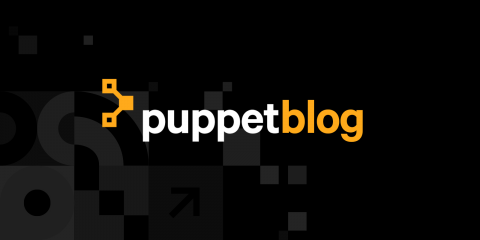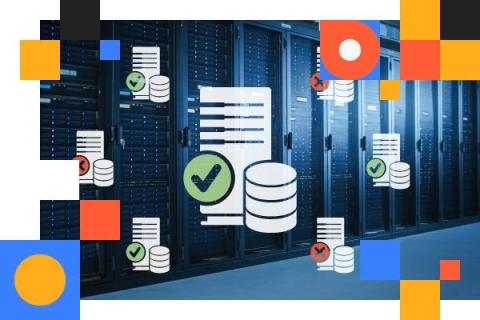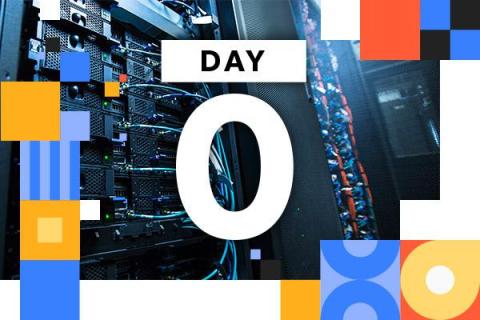How to Run Puppet in Docker
In early 2023 Betadots together with Vox Pupuli adopted the Puppet containers and so this article has been updated to contain the new locations. Details of their adoption can be found here. If you’ve ever wanted to get started with Puppet or Docker — or both — you’ve probably faced a bit of a conundrum. Should I use Puppet to deploy Docker on my nodes, and then use Puppet to define container images?











